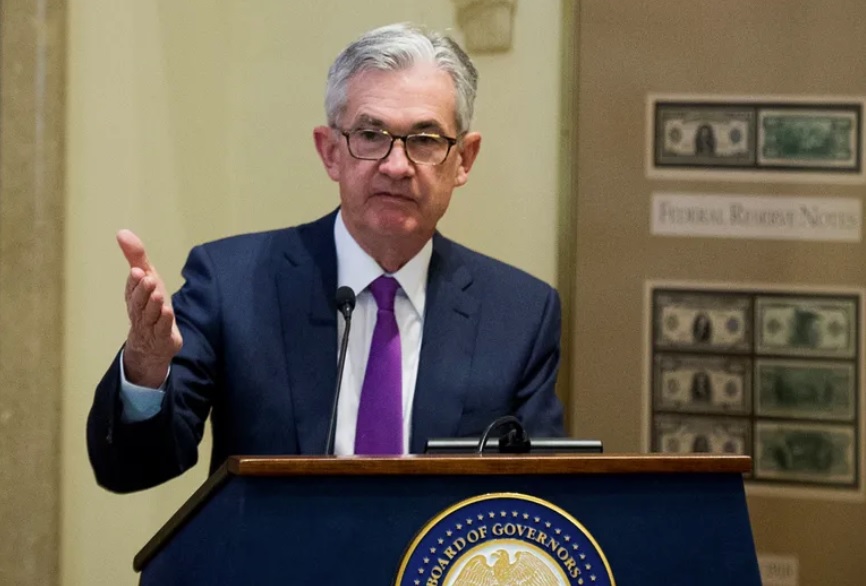Neutral rates are still rising
With longer-term bond yields rising, in spite of widespread policy easing, there seems to be more reason to think that neutral rates are still rising.

We have spoken before about some of the factors that have a bearing on so-called neutral policy rates – the rates that neither stimulate nor contract the economy. As G10 central banks bring rates down (with the exception of Japan) to what they may think is a more ‘neutral’ level, this debate about the exact placement of the neutral level becomes all the more important.
For some years now, Steven Barrow, Head of Standard Bank G10 Strategy argued that the neutral rate is likely to increase and he has laid much of the blame for this on what we would call the three Ds: demographics, deglobalisation, and de-dollarisation. “We don’t want to investigate this again but, just to recap, our argument that demographics, or ageing populations, lifts neutral policy rates rests on a couple of factors”, said Steven Barrow.
One is that the elderly consumer but do not produce so that a global ageing trend tends to increase the demand for goods and services relative to supply; something that can lift inflation and hence the neutral rate. A second aspect is that the elderly deplete their savings while working-age people raise savings in order to fund future retirement. Hence, if the level of elderly increases relative to the working age population total savings are more likely to fall than rise; something that also puts pressure on the neutral policy rate to rise.
As for the second ‘D’ – deglobalisation – the argument here is that it leads to costly inefficiencies as importers no longer necessarily target the cheapest imports but those that may come from a more ‘friendly’ trading partner, or one that’s not the subject of tariffs. This can lift inflation and the neutral rate. If deglobalisation extends to controls on migration as well this can deplete the available pool of labour, lift wages and so lift inflation and the neutral rate.
In Steven Barrow’s view, de-dollarisation can lead to similar inefficiencies that lift prices. The dollar might be the foremost international lending currency but if non-US borrowers eschew it for another funding currency it could mean a higher cost of funding and, in a similar vein trade payments could become more expensive if companies switch over to non-dollar-based systems.
More recently, we’d say that there is another ‘D’ that has come into the frame to add more substance to the argument for higher neutral rates; deficits. For it is notable that policy rate cuts from G10 central banks are getting next to no traction further down the curve. If we take the US, the 10-year treasury note is almost 100-bps higher than September last year when the Fed first started to cut rates. Hence this rise reflects an increase in the US term premium; not expectations about policy rates which, other things equal, would have led to lower long-term yields.
“We feel that this may be a sign from the bond market that the neutral policy rate may be rising and perhaps is not as low as central banks think. We know that the median view of FOMC members is that the so-called ‘long run’ rate, or neutral rate, is 3%. It has been edging up but is still below the base of the rate cycle priced in by the market. The three Ds listed earlier could be factors here but we suspect that we can add this fourth - ‘deficits’ as well, and especially in the US given not just the very expansionary budget just announced but also the fact that debt has reached historically very high levels”, emphasised Steven Barrow.
Looking ahead, Steven Barrow suspects that major central banks will continue to try to probe for the neutral policy rate as they ease monetary conditions but we feel that the long-end of the market will continue to be somewhat resistant. In the extreme this resistance may become so great that central banks are unable to ease, although we rather doubt that it will come to this. Nonetheless, when it comes to the US, he believes that the Fed will cut rates 25-bps this year but 10-year yields are more likely to be 25-bps higher at the end of the year than 25-bps lower.








